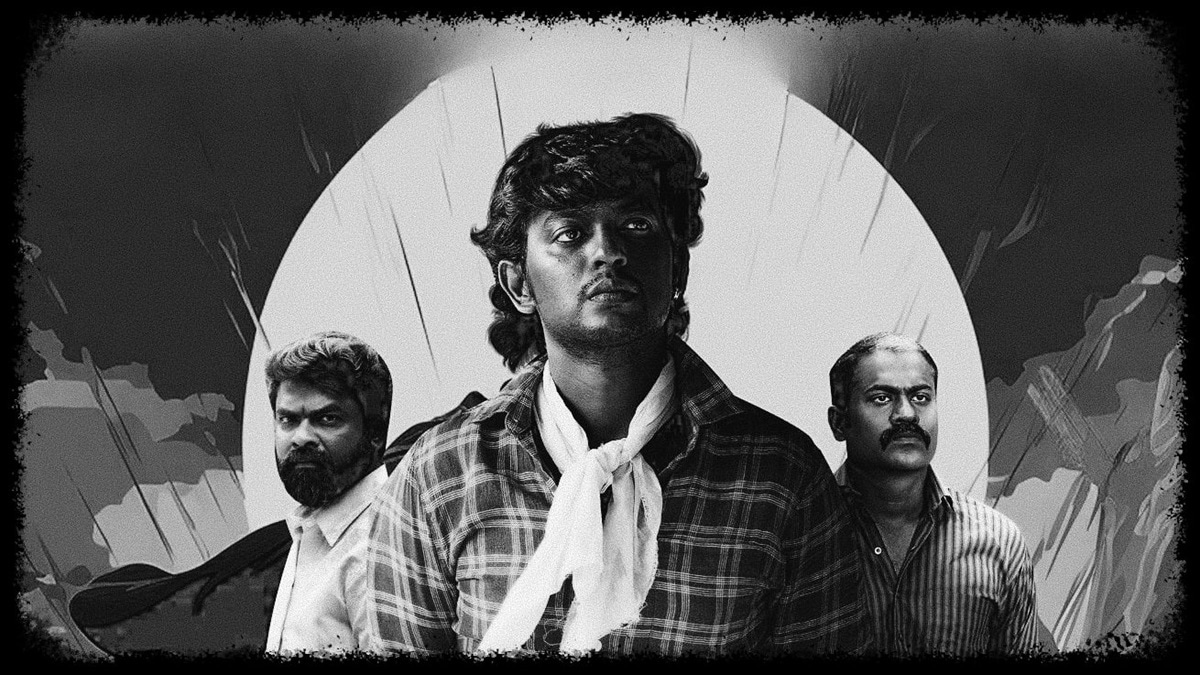Trite Club: Vijay Kumar's Fight Club Is No Uriyadi
Not everybody is Lokesh Kanagaraj.
Dec 16, 2023

FIGHT CLUB written and directed by Abbas A Rahmath with a story by Sasi is an excuse for the filmmaker and cinematographer Leon Britto to go crazy with the split diopter. The film is teeming with scenes where we have a close-up of a character’s face on one side of the frame and the opposing character on the other side sharply in focus. Fight Club is essentially about manipulation (which is too much talk and hardly done well) so for a couple of scenes the form might have made sense. But just one after another? This is a potent style that works best when used sparingly — a special favorite of masters like Brian De Palma — but this film gravitates towards it almost as blatantly as it does towards violence.
With a title like that, what did you expect is probably the question, but it is violence for the sake of it. It is artistically composed and executed violence that has no real skin in the screenplay. The film begins almost shockingly — we have a long shot of an empty college ground, and the camera stays static. It remains so till three characters climb a wall and walk towards more intimate quarters of the camera. A few more static, silent shots follow. It makes one think that maybe this is a different film, a different approach towards the stories of youth in anguish in North Chennai. But no, once it bursts it never stops and everything is empty banishments at nothing and no one.
Selva (Vijay Kumar) did not get a chance to develop his football skills as a kid. A mix of penury, recklessness, petty politics and the death of the area’s Good Samaritan (think Ameer’s Rajan in Vada Chennai) leads to his failures on the sports field. We meet many characters; it really doesn’t matter who is who. The stereotype of North Chennai is milked to the maximum here — there is everything from violence, poverty, drug peddling, religious conversion and cutthroat grassroots politics that doesn’t amount to anything. All we have is a Shakespearean cardboard of a past being reckoned with and revenge sought by the old through the hands of the young.
Govind Vasantha’s score explodes in rock ballads of both known classical compositions and originals, and the film too thinks of its violence as metallic thuds that would rip through the audience. But when moment after moment we have the same set of five guys on either side going after each other with the same older generation trying to drill some sense into them, we feel like we must drill some sense into the makers here. Why are the opening credits over En Jodi Manja Kuruvi? No reason. There are random inserts of Thalapathy playing in a theatre (unimaginatively named Madras Talkies) and posters of Mouna Raagam. Not everybody is Lokesh Kanagaraj.
Vijay Kumar is too old to play a school kid when it’s been years since he burst into the scene as the political ball of fire in Uriyadi. Now that’s a film where characters had real motivations and the script some girth to call for violence that was mixed with the political machinations and caste group tension in the region. It was organic how socially aware college students get mixed up in a ground where embers glisten as they burn. Compared to that, Fight Club is just a cricket match between friends in a nearby park gone wrong.
Share